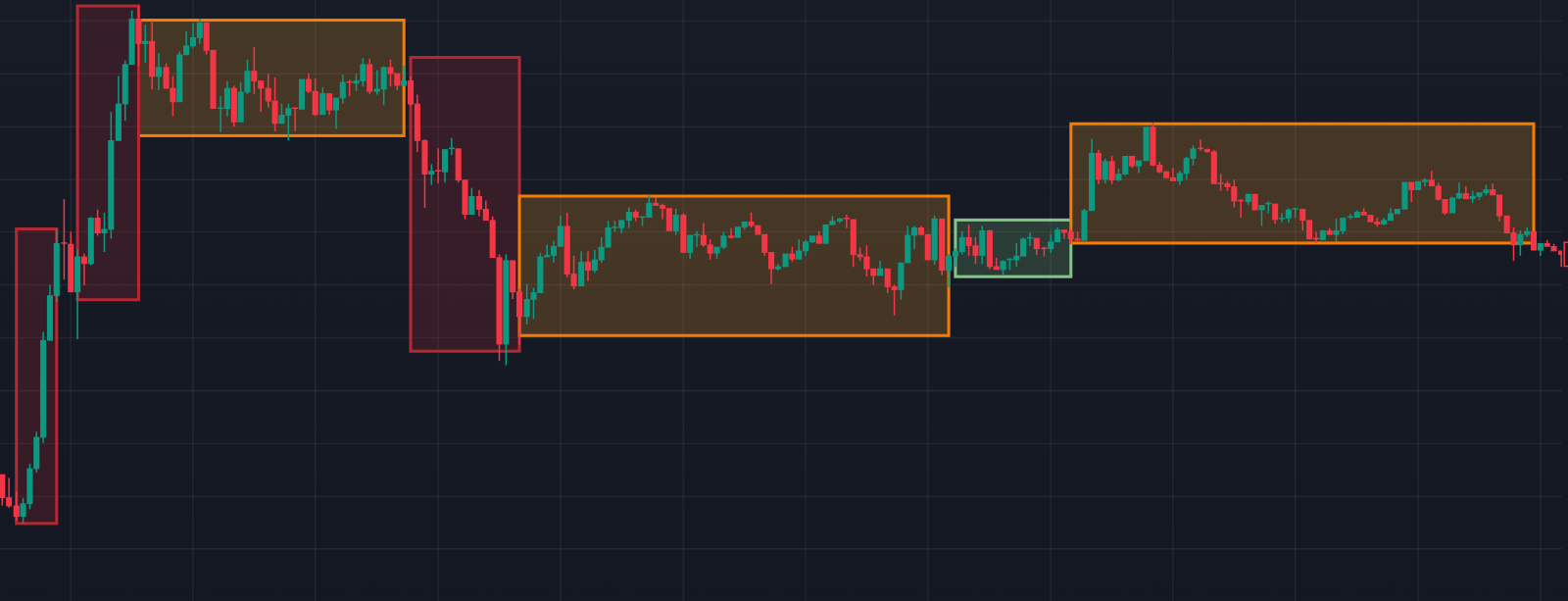Mid Volatility (Orange Zone):
After extreme volatility, the market usually enters a more stable, yet still volatile, phase. Here, retail traders speculate, while institutions or high-frequency traders (HFTs) may control liquidity within a defined range.
Strategy: Range trading with boundary stop-losses in both directions can be profitable, as we exploit the liquidity sweeps conducted by HFTs to clear out speculative orders.



Bear Bear Craig : Great analysis and breakdown. Clear n sharp